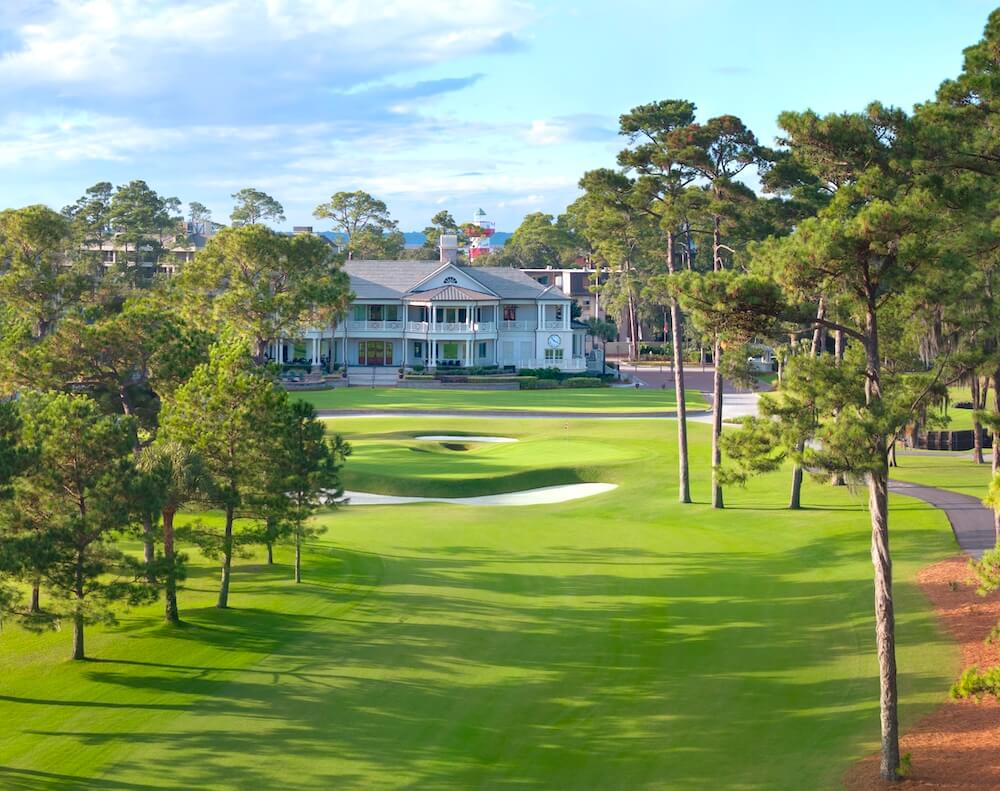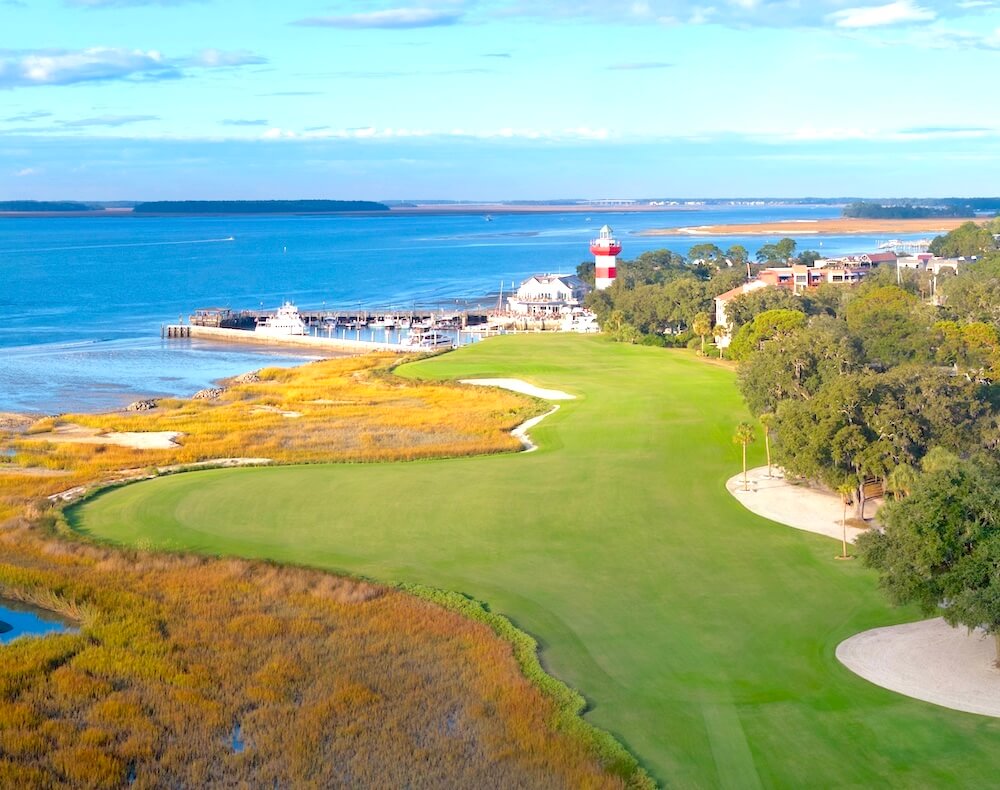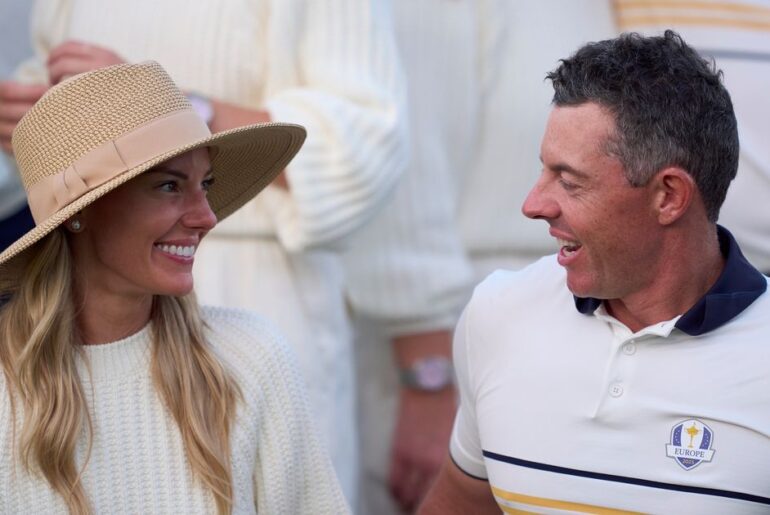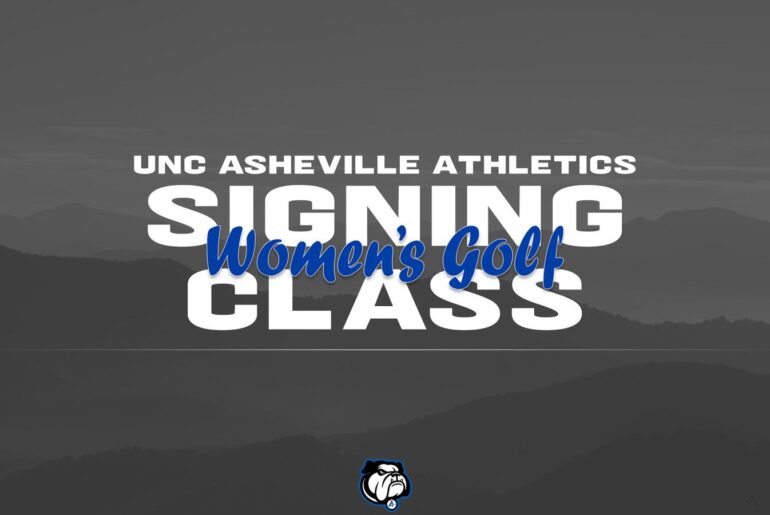HILTON HEAD ISLAND, SOUTH CAROLINA | When it came time for Davis Love III and his design group, along with other key stakeholders, to update Harbour Town Golf Links, there were plenty of voices in their ears.
All with the same message:
Don’t mess it up.
Harbour Town, designed by Pete Dye with Jack Nicklaus working alongside him in his first venture into the course-design business, has long been considered a classic layout, running through the low-country live oaks and alongside the Calibogue Sound, having introduced a new style of golf course design when it opened in 1969.
So when it came time to give Harbour Town its first substantial makeover in 25 years, it fell to Love – who has won the RBC Heritage five times and the Junior Heritage once – to enhance and modernize the layout without sacrificing the strategic brilliance Dye built into the course.
Mission accomplished.
The refreshed version of Harbour Town reopened this week looking and playing every bit the way Dye imagined it would more than 50 years ago.

Some limbs have been trimmed, bunkers have been reworked, some lost pot bunkers have been reinstated, the greens have been subtly reshaped and softly recontoured in spots to add pin positions and it has all been accomplished without losing Harbour Town’s magic.
It’s a beautiful bridge connecting the past, the present and the future.
“We locked arms, we had a common purpose. We knew exactly what we were going to do,” said John Farrell, the director of sports operations at Sea Pines Resort.
“Scottie Scheffler, Justin Thomas, Jordan Spieth, Patrick Cantlay. They came to us unsolicited [last year] and said, ‘We heard you’re closing.’ And they said, ‘Please don’t change the integrity of this golf course. We’ve got something we love.’”
 The last significant course updates at Harbour Town were done in 1999.
The last significant course updates at Harbour Town were done in 1999.
It mimicked the message given to Harbour Town’s former director of golf Cary Corbitt when the last significant work was done to the course in 1999.
“Tom Watson, Lanny Wadkins, Peter Jacobsen, Mark O’Meara, a great number of them came and said, ‘Don’t change it.’ It was the exact same script we got 25 years later,” Farrell said.
Love may know Harbour Town as well as anyone. He attended the first Heritage in 1969 when his father was playing the PGA Tour and Love’s success at Harbour Town has defined his Hall of Fame career along with his rainbow-framed victory in the 1997 PGA Championship at Winged Foot.
One of the game’s longest hitters in his prime, Love won consistently on a course that rewards precision over power and still does. At Harbour Town, it has always been more about where the ball goes than about how far it goes.
Hitting one of Harbour Town’s slender fairways isn’t always enough.
“I think what Scottie Scheffler loves about this golf course is if you hit it in the right side of the fairway on [No.] 1, you’re rewarded. You hit it in the left side of the fairway on [No.] 2, you’re rewarded,” Love said.
It’s the kind of work that a resort guest who plays Harbour Town once every year or so might not notice but tour players and architecture aficionados will.
And so it goes throughout the layout, which still features small greens that now have more movement than before without adding sharp edges and contours.
Some of the course work involved removing footbridges and rerouting cart paths. The par-5 fifth hole, annually one of the easiest holes in the RBC Heritage, has more bite now thanks to moving a large live oak near the green closer into play while also creating a new back-left pin position.
Iconic greens such as the horseshoe-shaped ninth remain as they were, though the bunkers around No. 9 are slightly deeper. Stacked sod walls on some bunker faces had been lost over the years but they have been restored with artificial sod faces. The front of 13th green was lowered slightly where the boards frame the sprawling bunker face.
It’s the kind of work that a resort guest who plays Harbour Town once every year or so might not notice but tour players and architecture aficionados will.


No. 16 (left) and No. 17 at Harbour Town
“We talked to [course architect] Tom [Doak] before Davis came on board with us, and Tom said, you got a Pete Dye masterpiece that revolutionized American golf course architecture. The worst thing you could do … is make wholesale change to the integrity of the golf course so the tour players could come back and say I liked it more before you messed it up. So we didn’t,” Farrell said.
The work began immediately after the RBC Heritage ended in April, commencing on the 18th green and working backward in part to accommodate weddings and other events overlooking the Calibogue Sound.
Love realized immediately the scope of the project when he arrived on site the Monday after Justin Thomas won the 2025 RBC Heritage.
“When I walked out on the 18th green the day they started, [they] were digging up the spot that I chipped in from one time in the [2003] Heritage. I’m like, wow, this is hitting home,” Love said.
“We all had our goals and desires and we all had to come to the conclusion, ‘All right, this is what Pete would do.’”
Pete Dye would approve.
Top: No. 18 at Harbour Town. Photos: The Sea Pines Resort / Bill Hornstein






